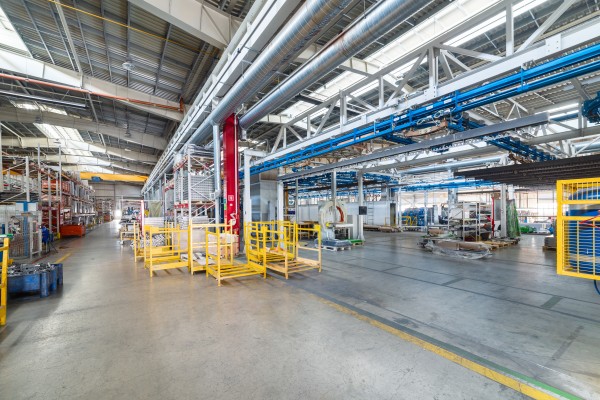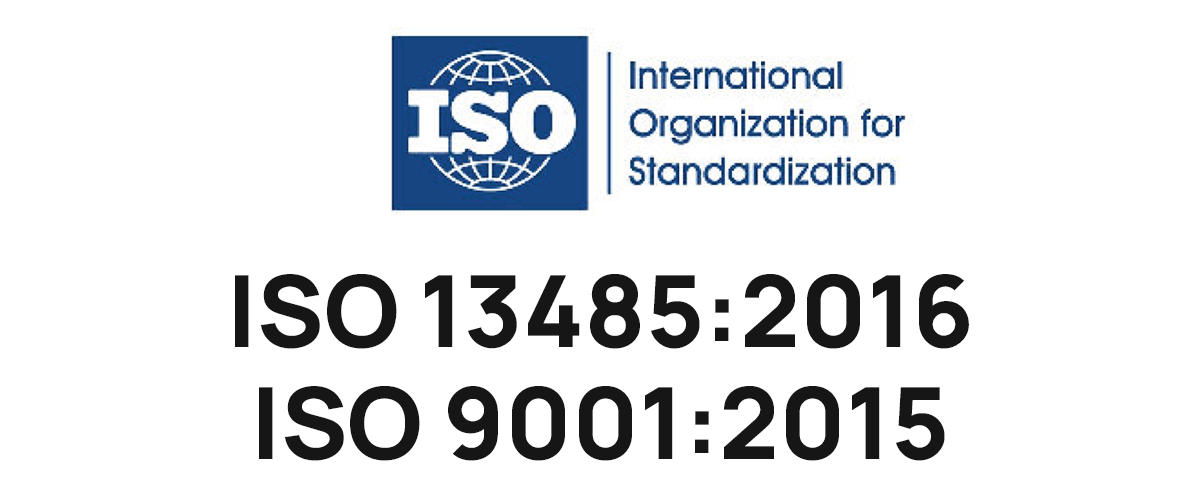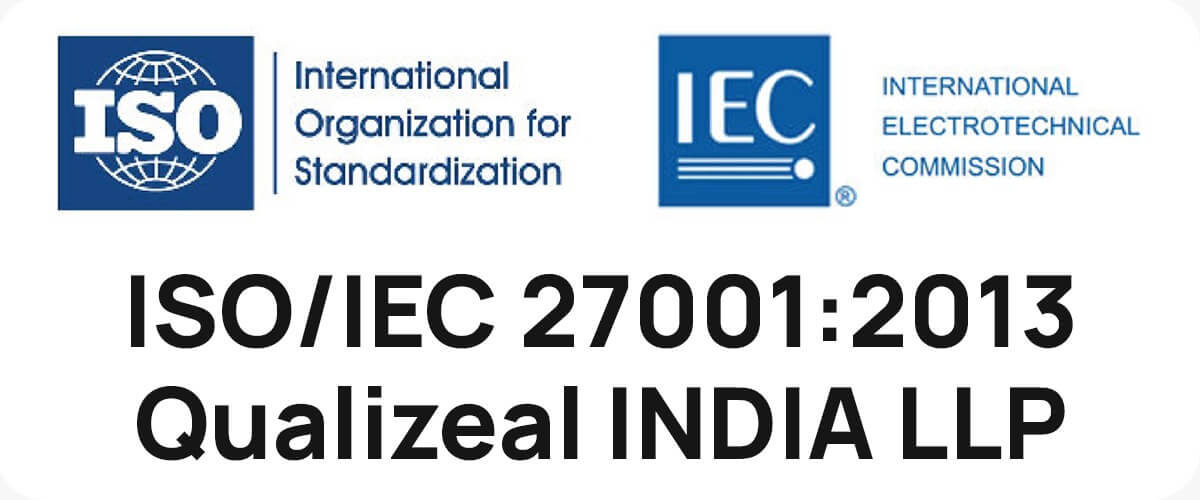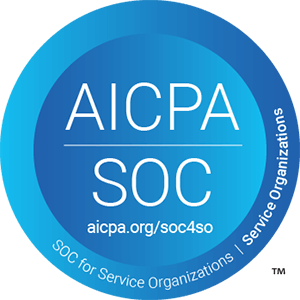
According to estimates, the continuous testing industry will increase from 1.15 billion USD in 2018 to 2.41 billion USD by 2023. This indicates an increase of almost 16 percent yearly, demonstrating the increasing demand for quick, high-quality software delivery.
Businesses in all sectors are attempting to accelerate digital transformation to improve business operations. Many people view continuous Testing as a crucial component of this change to reduce the business risks connected to software assets.
The demand for mobile-based software and applications is one of the factors driving the rapid acceleration of continuous Testing. Businesses are becoming aware of the necessity to evaluate their technological foundations and enhance the management of their interactions with customers, suppliers, and information. Companies may smoothly integrate their software with existing systems thanks to continuous Testing, which also increases operational efficiency.
What exactly is continuous Testing in DevOps Pipeline?

The software testing that incorporates testing at each stage of the development life cycle is known as “continuous testing” in DevOps. Continuous Testing’s objective is to assess the software’s quality through early and frequent Testing as part of an ongoing delivery process.
Traditional Testing entails the transfer of software from one team to another, with well-defined phases for development and quality assurance (QA). The QA team would need much time to ensure quality, and quality is typically given precedence over the project schedule.
However, businesses of today demand quicker delivery of software to end users. Software is more likely to provide businesses with the chance for increased income the more recent it is and the more marketable it is.
The CI/CD pipeline, also known as the DevOps software development and delivery pipeline, enables market-ready software products to be deployed for general usage more quickly. Continuous Testing is a set of assessment techniques used in the DevOps pipeline to guarantee the final output’s quality and increase the result’s dependability.
Organizations in the software development industry must ensure that the software development lifecycle achieves quality and rapid release times. For instance, acquiring high-quality software without having it produced rapidly is never a good trade-off.
Continuous testing concepts are used in a software development lifecycle or CI/CD pipeline to examine the product repeatedly and at each feasible stage. Software development methodologies known as CI/CD enable DevOps teams to create code updates more often and quicken the time it takes to market software products.
Everything you need to know about continuous Testing and how to execute it from software development to deployment effectively will be covered in this article.
Test automation: What Is It?
It takes a lot of time and resources to test every new update to the code base manually. Instead, DevOps teams want to use automation to free up adequate developer time for problem fixes during the testing stage. Exploratory Testing can be the first stage of industrialization, during which inventive ways to test code are found.
Exploratory Testing can uncover potential test cases, which can be automated to run repeatedly. Automated Testing makes continuous Testing possible. Automated Testing enables the team to receive frequent and early feedback, leading to quicker software product deployment.
Shift-Left and Shift-Right: What Are They?
Shift-Left and Shift-Right are catch-all terms for various software testing types based on where they fall in the DevOps pipeline. The kinds of tests that occur right at the beginning of the channel in the DevOps software development lifecycle are called Shift-Left tests.
Shift-Left operates under the premise that the more expensive a fault will be to rectify, the later in the development life cycle it is discovered. So, testing new code or requirements as soon as they are created falls under Shift-Left.
The test phases of the DevOps pipeline are referred to as Shift-Right. Shift-Right Testing also uses in-production testing. Shift-Right includes testing phases during staged rollouts, alerts, fallbacks, and monitoring.
To ensure that Testing never stops during the software development lifecycle, continuous Testing necessitates a precise balance of Testing from shift-left to shift-right.
What Advantages Come with Continuous Testing?

For developer teams to produce highly dependable software products with short release cycles, a CI/CD pipeline is essential. These teams gain the following advantages from continuous Testing:
Risk reduction: While DevOps principles call for quicker time-to-market for software, it’s equally important to ensure that the result is risk-free. Every time there is a code update, there is an infinite potential for error. Continuous Testing guarantees rapid responses after bugs are found and minimize high costs that could occur after the development lifecycle.
Maximizing Test Coverage: Continuous Testing entails automated tests that are run at the very start of the DevOps pipeline. It is, therefore, more likely that all potential failure paths brought on by code changes will be covered.
Greater Visibility: Through dashboards, test automation solutions like Appium and Selenium enable detailed and thorough reporting. Tracking every error and completing test cases increases the team’s transparency.
No Downtime for Code Review: During continuous Testing, the development and testing teams collaborate closely, allowing immediate feedback. Therefore, there is no need to allow for any downtime to facilitate code review at intervals throughout the development pipeline. A well-functioning version control system determines the proper timing and location for merging code changes.
Increased Consistency: The testing process verifies that every piece of code has been through consistent testing phases throughout the development life cycle. The release pipeline and every system and subsystem of the software integration or build pipeline are tested. Comparative tests are conducted wherever necessary in the same setup scenario to promote further consistency.
How Should Continuous Testing Be Implemented?

A few issues must be resolved first to integrate continuous Testing throughout the DevOps software development cycle effectively. For the appropriate implementation of continuous Testing, several dependencies, including test data, interfaces, environments, and so on, must be met.
1) Environment Configuration
Continuous Testing means the code frequently runs in many contexts because it includes regular testing. For Testing to occur, these CI/CD environments must be always accessible. The best method to achieve this is to virtualize these ecosystems.
2) Controlling test data
Whether good or negative, the test data for diverse test scenarios frequently demonstrates a tremendous variation. The best way to ensure that the DevOps pipeline employs the most exemplary testing efforts is to generate this data synthetically in a clean manner. When this data is required for Testing, it is crucial to transfer it from one environment to the next.
3) Orchestration of pipelines
To enable continuous Testing, CI/CD pipelines must be coupled with a practical test automation suite. Activities involving code deployment can seamlessly integrate with the automated workflow tools designated for this purpose. Continuous Testing in DevOps cannot be adequately implemented without the pipeline’s robust automation. Every CI/CD pipeline iteration must have a standardized setup and automation.
4) Automated Test Generation
The development team can immediately create new acceptance-level tests for manual and automated Testing at the start of a DevOps cycle. As this progress, testers can begin to design automated test case creation tools. With time, every step of the testing process—including developing new test cases, test suites, and executing both positive and negative test scenarios—becomes automated.
5) Feedback Loops
Continuous Testing enables developers to receive instant feedback on the efficacy and quality of implemented code modifications. Additionally, it ensures that everyone on the test automation team is working from the same DevOps pipeline starting point.
Dashboards with live test feedback data must be available to the entire team. Whether it’s security, performance, load, or API testing, the feedback loop’s quality determines the test techniques’ quality.
Implementing Continuous Testing in the CI/CD Pipeline

A logical step in mapping the software development lifecycle is identifying the appropriate test automation options. The next crucial step is including the top-tier test automation tools compatible with various scenarios. Effective test automation can only be implemented with the aid of the proper technology partner to build reliable software products with quick releases. You may schedule a meeting with QualiZeal today to learn more about how we can meet your software testing needs.
























